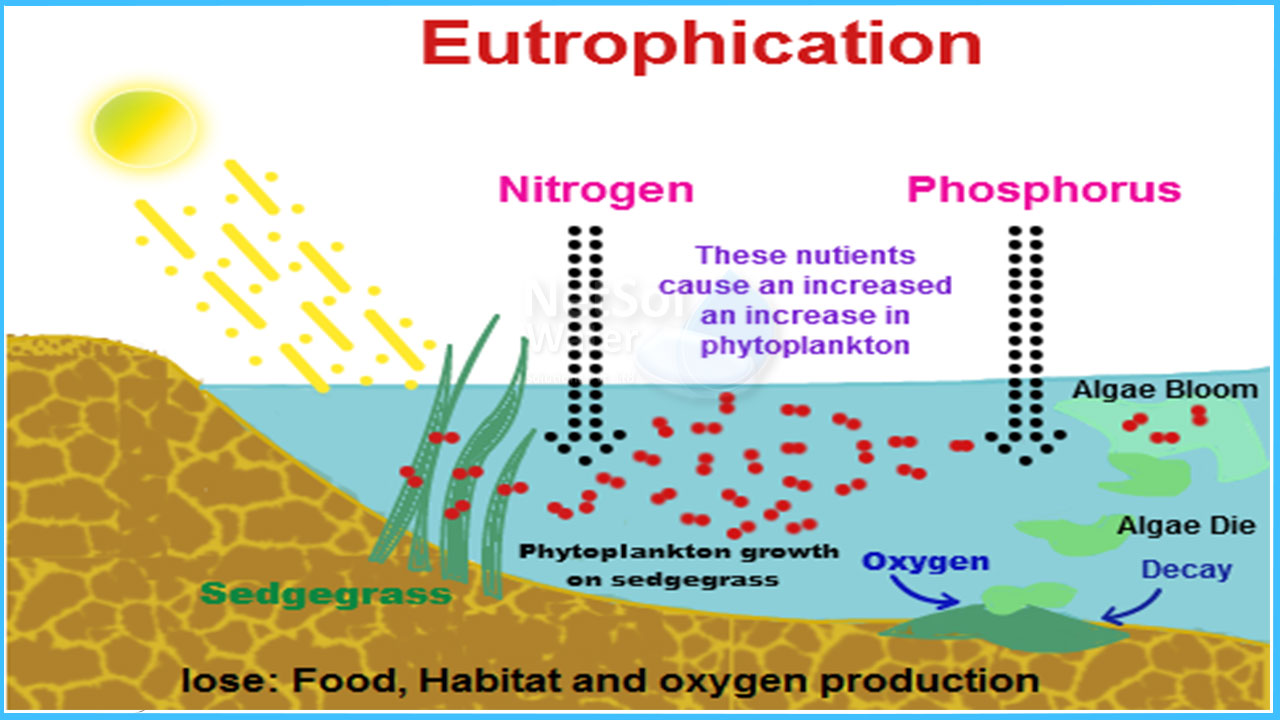How can we control Eutrophication?
Eutrophication is a serious environmental issue because it causes water quality to deteriorate.
There are 2 types of Eutrophication, namely,
1. Natural Eutrophication: The process of nutrient accumulation, flow, and addition to water bodies that results in changes in primary production and species composition of the community.
2. Cultural Eutrophication: The process of hastening natural eutrophication caused by human activity.
CONTROL MEASURES OF EUTROPHICATION
1. Nutrient Limitation: All of the essential elements in compost fertiliser are broken down and synthesised by the plants, avoiding the eutrophication cycle.
2. Minimising Pollution: If industries and municipalities can confine their waste discharge and pollution, nutrient content in water systems will be reduced, which will help to control eutrophication.
3. Strengthen Laws and Regulations: The laws should strive to improve high water quality standards and zero-tolerance for non-point solutions. It is simple to control eutrophication with the help of policymakers, citizens, pollution regulatory authorities, and the government.
4. Ultrasonic Irradiation: The process produces free radicals that destroy algae cells by causing cavitations.
CURATIVE MEASURES OF EUTROPHICATION
Where water quality is already so poor that no preventive measure will be effective, "curative" procedures such as:
1. Removal and treatment of nutritionally hypolimnetic water (deep water in contact with sediments) which have been in direct contact with the release source.
2. Drainage of the first 10-20 cm of natural bioactive sediment with high phosphorus concentrations.
3. Water oxygenation to restore ecological conditions by reducing the negative effects of the eutrophic process, such as oxygen scarcity and the formation of toxic compounds from anaerobic metabolism.
4. Chemical phosphorus precipitation occurs when iron or aluminium salts or calcium carbonate are added to water, causing the precipitation of the respective iron, aluminium, or calcium orthophosphates, reducing the negative effects associated with the excessive presence of phosphorus in the sediments.
CONCLUSION:
Water is not a commercial entity like any other, but rather a heritage that should be defended and protected, down in the face of a global decline in drinking water availability and increase in demand.
Not with standing the efforts to improve water quality by limiting nutrient enrichment, cultural eutrophication and the resulting algal blooms remain the primary source of water pollution.



